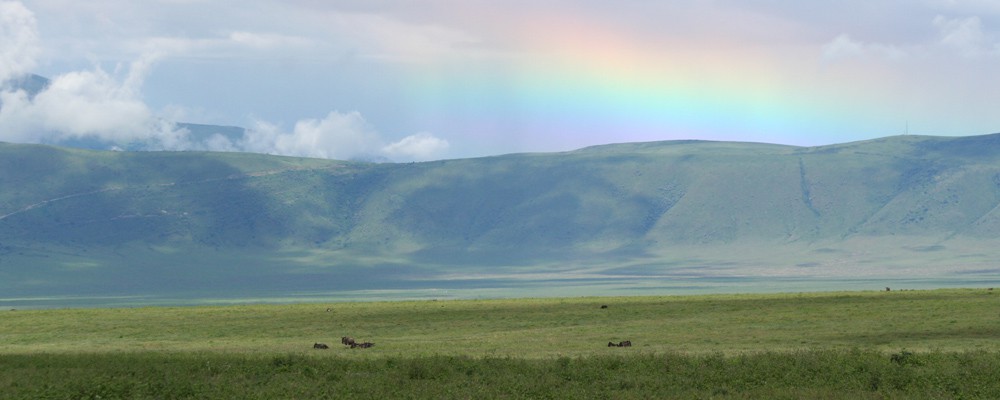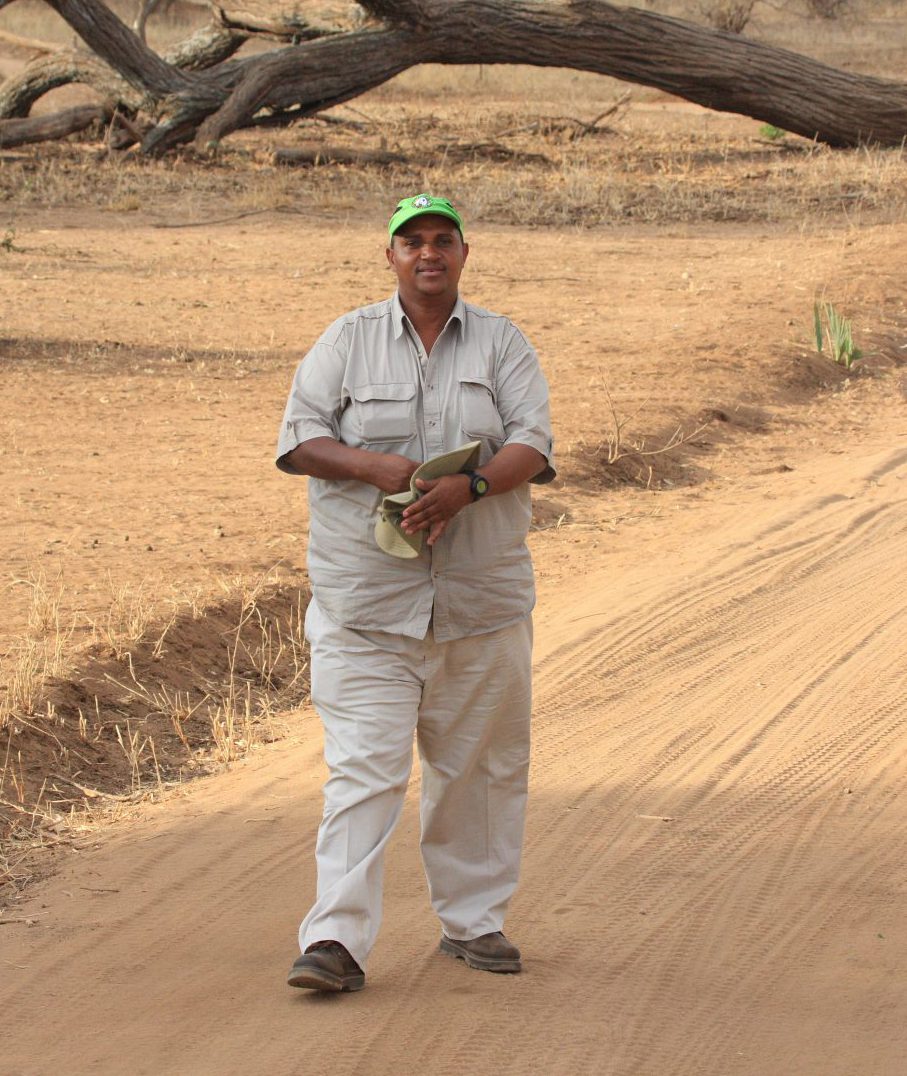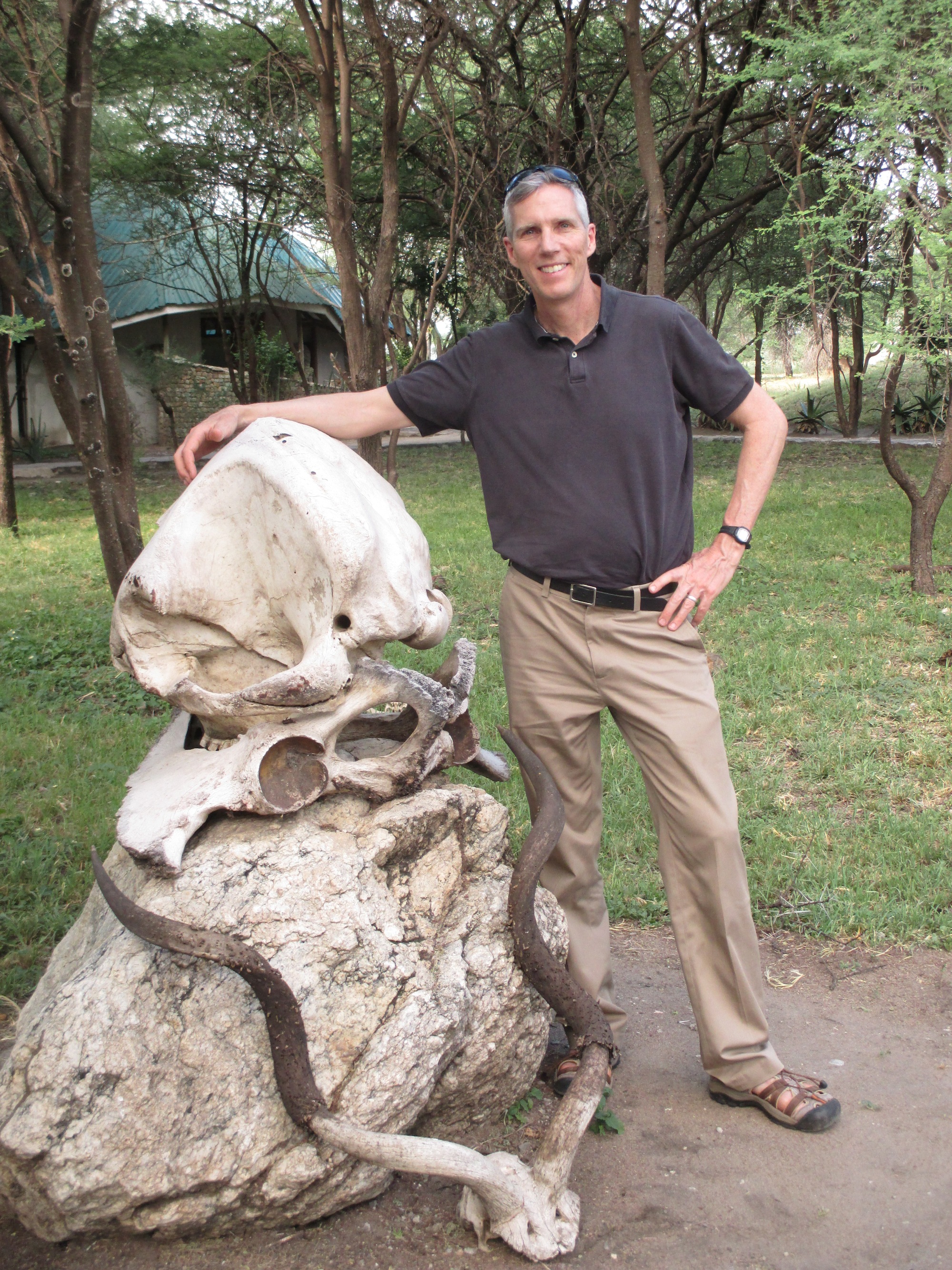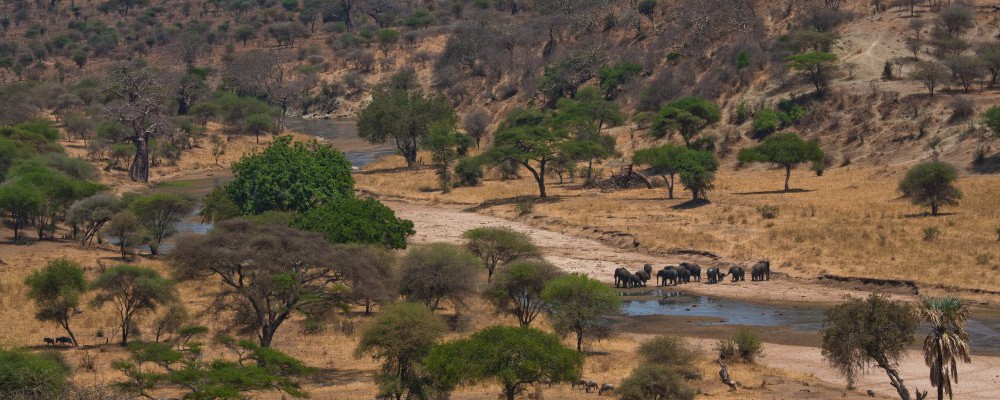Serengeti National park
The Serengeti is probably the most famous wildlife area in the world. Its pure numbers are staggering: about 4 million animals reside within its ecosystem, including a million and a half wildebeest, a quarter million zebra, twice that many gazelle, and tens of thousands of their predators (lion, leopard, cheetah, hyena, wild dog, jackal, crocodile). The Serengeti is also the site of one of the most magnificent events of the natural world – the migration of more than a million wildebeest in a cyclical process that occurs in different stages and areas throughout the year. Moreover, the vast park offers breathtaking scenery unto itself. Scattered throughout the southeastern short grass plains are kopjes, geologic wonders comprised of exposed gneiss and granite shaped by the wind and temperature fluctuations. Different environments emerge as you head deeper into the Serengeti, where you will find riverine forests, acacia woodlands, hills, and open grassland that create a vast geographic mosaic.
Kilimanjaro to Serengeti central airstrip: 1 hour by bush plane.
Nearby. Ngorongoro Crater (2 hours).
Ngorongoro Crater

The Ngorongoro Crater, centerpiece of the Ngorongoro Conservation Area World Heritage Site, is the world’s largest unflooded caldera. A trip down into the Crater, 2,800 feet below the rim, is an unforgettable experience. While only 100 square miles in area, the Crater offers several distinct habitats, each attracting a unique variety of wildlife. It is home to almost 30,000 animals, creating a density unseen anywhere else in Africa. The only animals you will not find in the Crater are the impala and giraffe. It is not known why impala do not inhabit the Crater, but giraffe are unable to descend the steep grade without lowering their heads, which raises their blood pressure to dangerous levels. The Crater is the best location for viewing the rare black rhino and huge old bull elephants. There is not enough vegetation to support the large elephant cow and calf herds, but the old males “retire” to the Crater for the wonderful swamp grass and acacia forest. Huge flocks of flamingos inhabit the Crater’s Lake Magadi, giving it a spectacular pink hue.
Nearby. Serengeti National Park (2 hours). Lake Manyara National Park (1.5 hours). Lake Eyasi (2 hours).
Lake Manyara National Park
Lake Manyara National Park is a small gem nestled below the western wall of the Great Rift Valley. The soda lake for which the park is named appears tinted pink by huge flocks of flamingos. The park also boasts a jungle-like groundwater forest with wild fig, palm and tamarind trees, an acacia woodland, and a grassy flatland where baobab trees and elephant abound. You will also see many hippopotamus floating in the lake or grazing at its edge, plus giraffe, buffalo, large troops of baboons, zebra, monkeys and, with luck, its famous tree-climbing lions. With its profusion of birds (more than 380 species), Manyara is also one of the best parks for bird watching. Manyara uniquely offers a nearly 400m walk through the forest canopy on protected suspension bridges and platforms up to 18m above the forest floor.
Nearby. Ngorongoro Crater (1.5 hours). Tarangire National Park (1 hour). Lake Eyasi (2.5 hours).
Tarangire National Park
Tarangire, Baobab Capital of the World, is known for its wild landscapes, resident elephants, large prides of lion, leopards, giraffe, buffalo, wild dogs, and excellent year-round bird-watching with more than 300 bird species. The Tarangire River is the only permanent water source within the 2,600 square kilometer park. During the dry season herd animals of all kinds (wildebeest, zebra, gazelles, and antelopes) migrate from the surrounding areas to this life-sustaining source of water. One also finds several large swamps (Silale, Larmakau, and Nguselororobi) that attract animals and birds of all kinds. In the dry season the amazing giant rock pythons leave the swamps to live in the trees at their edge, from where they will attack and kill large animals of all kinds, providing a most unusual natural spectacle.
Nearby. Lake Manyara National Park (1 hour). Ngorongoro Crater (2.5 hours).






